The Spetzler-Martin arteriovenous malformation (AVM) grading system allocates points for various angiographic features of intracranial arteriovenous malformations to give a score that predicts the morbidity/mortality risk of surgery 5.
On this page:
Grading
The grading system requires correlation between CT (site of the nidus) or MRI scans (size and site of the nidus) with cerebral angiography (size of the nidus and pattern of venous drainage) 5.
The grade (denoted in Roman numerals) is equal to the sum of points in 3 categories, for a minimum of grade I and a maximum of grade V (with a special designation of grade VI explained below) 1:
-
size of nidus
small (<3 cm) = 1
medium (3–6 cm) = 2
large (>6 cm) = 3
-
eloquence of adjacent brain
non-eloquent = 0
eloquent = 1
-
venous drainage
superficial veins only = 0
deep veins = 1
The size is defined by the largest diameter of the nidus on angiography.
The following areas are considered eloquent:
The venous drainage pattern is considered deep if any of the drainage is to deep cerebral veins such as the internal cerebral vein, basal vein of Rosenthal, or precentral cerebellar vein. Cerebellar hemispheric veins are considered deep unless they drain directly into the straight sinus or transverse sinus. The presence of deep drainage complicates excision due to poor surgical accessibility compared to a malformation where all of the drainage is via the cortical venous system.
A special category, grade VI, is defined as "inoperable," in which surgical resection would almost certainly cause total disability or death. At the time of the original grading system proposal, this category included diffuse nidus arteriovenous malformations that encompass eloquent brain structures.
Supplemented grading
A supplementary grading system has been developed and validated to predict neurological outcome and refine patient selection 3,4. In this system, additionaly points in the following categories are added to the Spetzler-Martin grade as follows:
-
age at resection
<20 years = 1
20–40 years = 2
>40 years = 3
-
bleeding prior to resection
yes (ruptured) = 0
no (unruptured) = 1
-
compactness of the arteriovenous malformation nidus
yes (compact) = 0
no (diffuse) = 1
This results in supplemented Spetzler-Martin grade (SM-Supp score) from 2 to 10. Patients with a SM-Supp score ≤6 have acceptably low surgical risk (0–24% with worse neurologic outcome), while those at SM-Supp score >6 had higher risk (39–63%) 4.
History and etymology
The grading system was proposed in 1986 by Drs Robert F Spetzler and Neil A Martin, both neurosurgeons at the Barrow Neurological Institute in Arizona, USA 1. The supplementary grading scale was proposed in 2010 by Dr Michael Lawton, a neurosurgeon, and Helen Kim, PhD, an epidemiologist, at University of California, San Francisco 3.


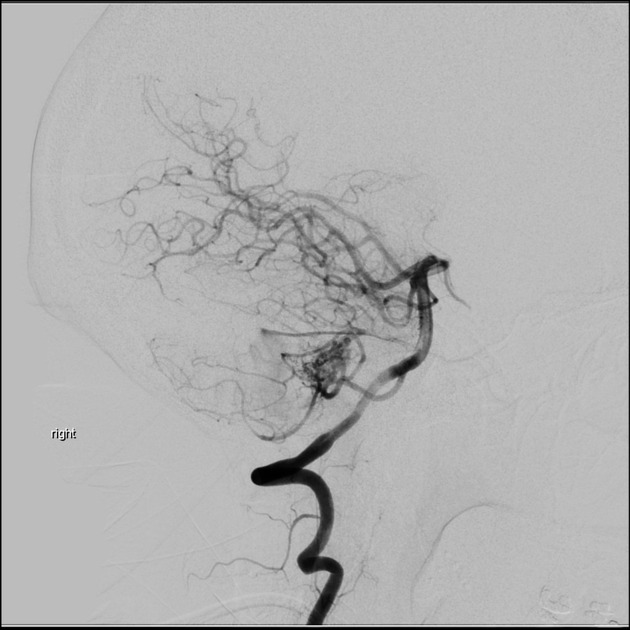
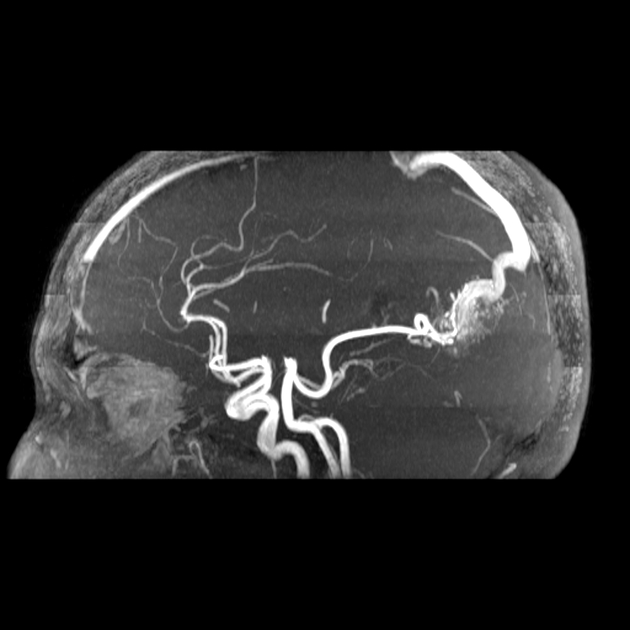
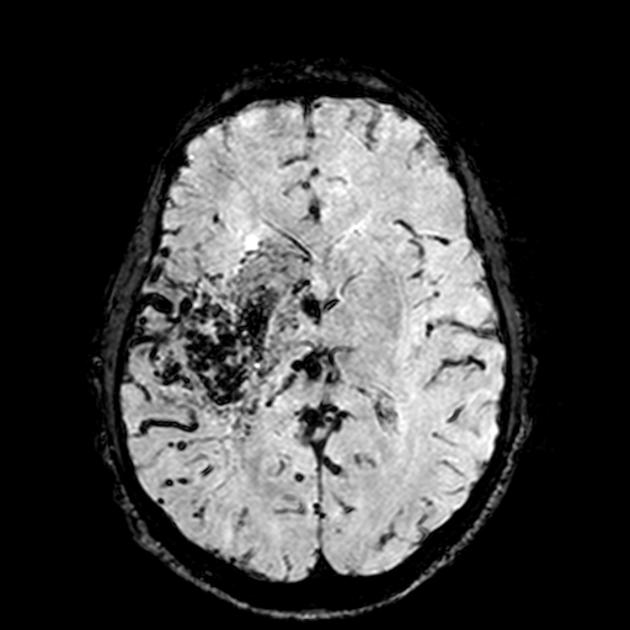
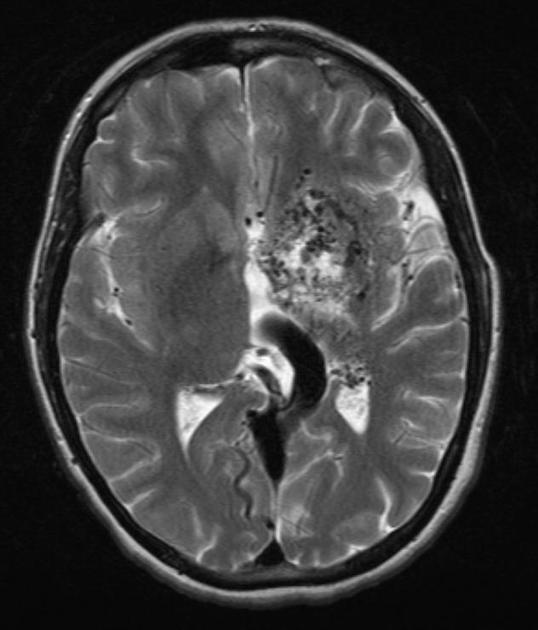
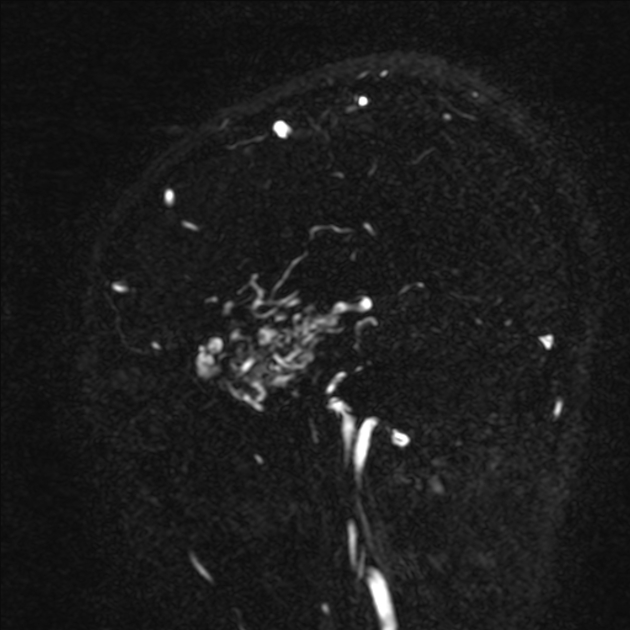
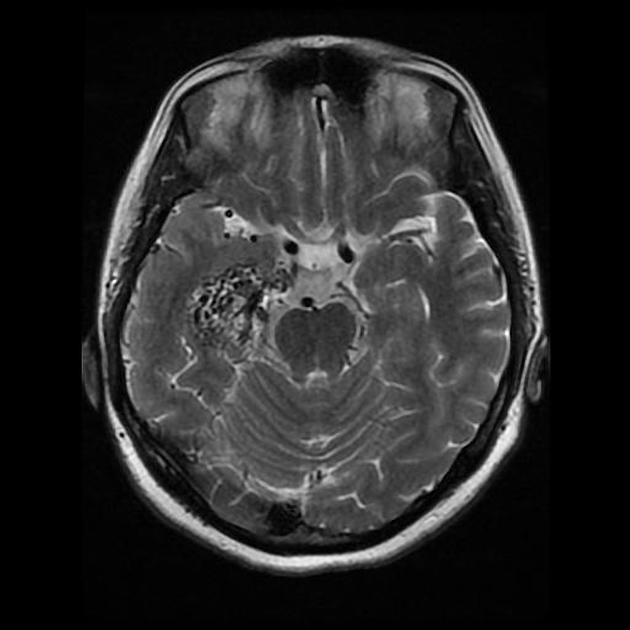


 Unable to process the form. Check for errors and try again.
Unable to process the form. Check for errors and try again.